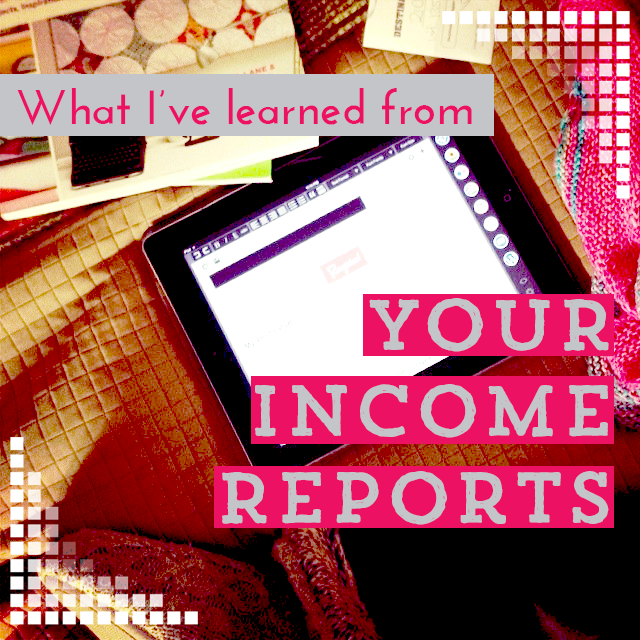10 ways to get more Twitter followers
10 Steps to more Instagram likes
5 million ways to get more followers, likes, hearts, and approval from strangers
Posts like these litter the internet. Some are great. Some are educational.
But these posts are an AWFUL starting place. This the worst thing to focus on when you're not sure what to do next.
Why?
Because they are tactics. Tactics for implementing a tool.
But before you can apply tactics for one tool, you need to first know if your strategy includes using that tool, in that way.
And before you can know if your strategy includes that tool, you need to know the bigger picture, your Mission.
In other words, why the heck do you need more followers or likes? What are you going to DO with them?
Starting with tactics is starting at the wrong end. It's ensuring that you don't go anywhere important, you just spin your wheels doing doing doing.
Instead, start with the Mission. Then move onto the Strategy. And then, finally, figure out what tactics you need to learn to implement your strategy.
What's the difference?
Mission: This is the big WHY. Why are you doing what you're doing? Where do you want to go? What's your destination?
You don't have to have a big fancy reason, it can just be: I want to make $2000/mo from my business. That's a mission.
It could also be: I want to make a living from my art. Or, I want to share my art with the world. Or, I want to earn some money from home while my kids are growing up.
My Mission: Help makers + artists feel awesome about sharing their work with the world in a sustainable (profitable) way while creating a sustainable life for myself + my family.
(Note: It'll be easier to come up with your mission if you also a Vision – a bigger picture of the life you want and how your business fits into that. But sometimes you don't really have a bigger vision for a while, and that's ok too.)
Strategy: This is how you will enact the Mission.
How are you going to get there?
What are you going to do?
For example, if your mission is to make a living from your art, how are you going to sell it? Retail (Etsy shop, website?) or wholesale (through other shops)? Are you going to combine this?
Or, if your mission is to share your art with the world, how are you going to do that? Maybe you graffitti walls, or donate your art to hospitals?
My strategy is to first connect with makers via awesome content and encouragement for free: via weekly email lessons, blog posts, podcast episodes, and social media (especially Periscope and Instagram). This allows the people that my work is a good fit for to find me and feel comfortable taking the next step, where we apply lessons to their particular business via workbooks, classes, a supportive community, and live events.
Tactics: This is the actual implementation of your strategy.
What particular action are you going to do? How are you going to implement your strategy?
This is where learning about social media tools, or blogging, or managing your time better comes in.
You can see now, that for any Tactics to be effective at moving your business forward, you first have to identify your Mission and Strategy. (Also! Often your Mission and Strategy don't even require that you get more followers and likes!)
It looks like this:
Mission -> Strategy -> Tactics
So if you're feeling overwhelmed by all you “should” do, or confused about what the next best thing to do, you've probably been focusing on tactics.
(Take a deep breath! It's ok!)
Tactics are what 99% of online business advice is about, because it's fun and shiny! The Mission + Strategy portions are so personal, it's not easy to write a snappy blog post about them.
Instead, discovering your Mission + Strategy takes time and introspection.
This is why I've ensured it's the FIRST thing everyone does when they beam aboard my online community, the Starship. First, you do Chart Your Stars, which will guide you through identifying your Vision for your business and life and your Mission for the next year. Then, as a group, we do the Map Making process, to identify your Strategy for enacting your Mission over the next three months. I want everyone aboard to be clear: What are you going to work on? What are you going to do?
And then you get access to my entire library of classes, some of which (like Craft Your Marketing) will help you identify your strategy and some (like Rock the Craft Show) will focus on your tactics.
I don't want to talk about your tactics, until we both know what your mission and strategy is. Because when we do talk about tactics (which we do, in the forum and weekly chat!), I want to be sure that we're helping you use the tactics in a way that will move your mission forward!
In this way, you can avoid an overwhelming, never-ending list of stuff to do. You can stop focusing on followers and likes, and instead focus on what you need to know to reach your goal.
And you can start crafting a business you really love.
To get clear on your Mission and Strategy + to join a community of encouraging makers and artists, click here.
How about you? Do you know your Mission? What about your Strategy?
How are they impacting your tactics?

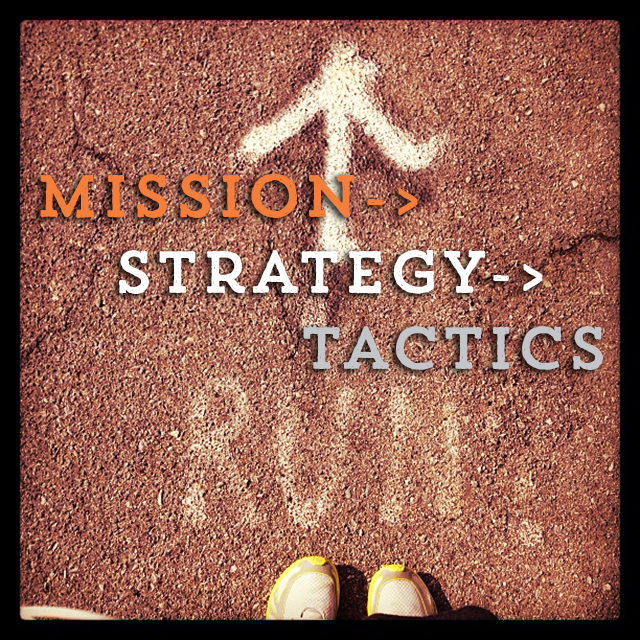
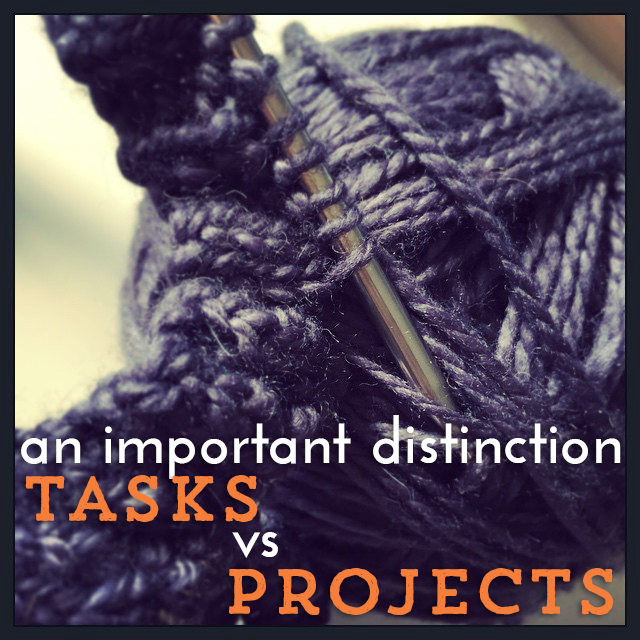
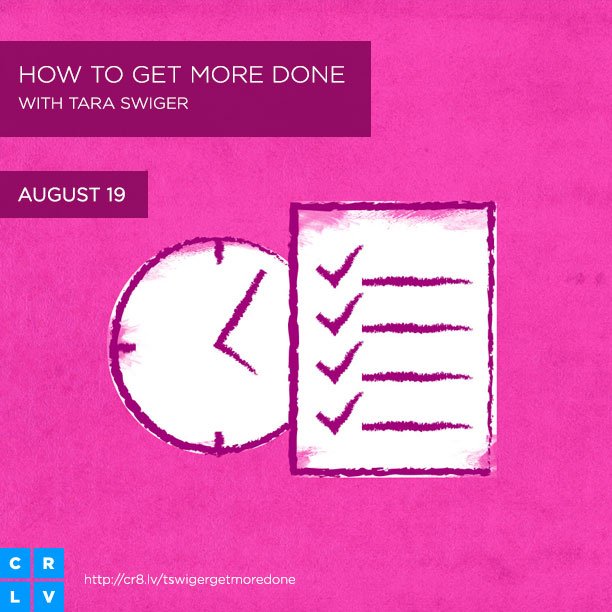
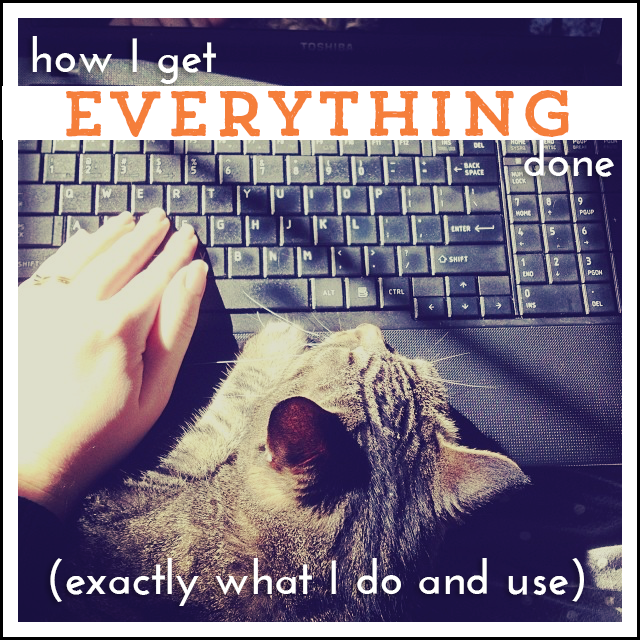
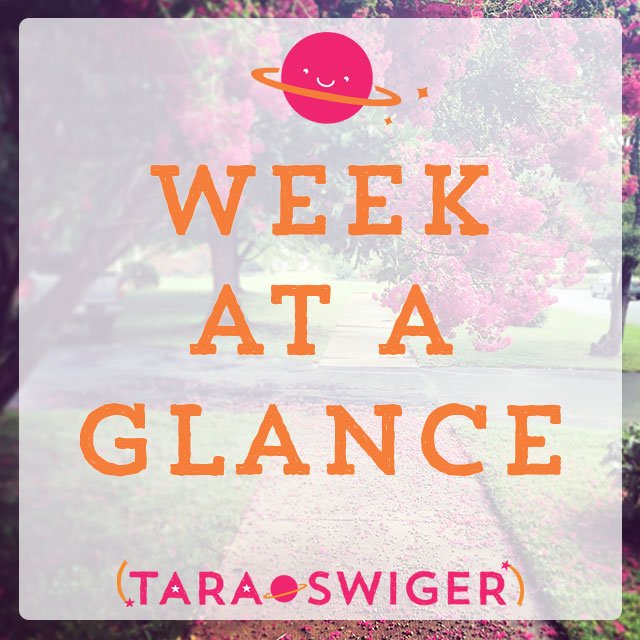
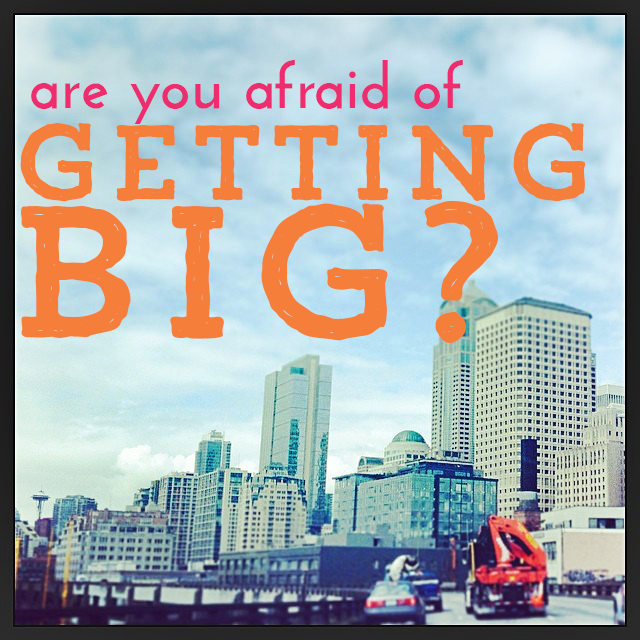
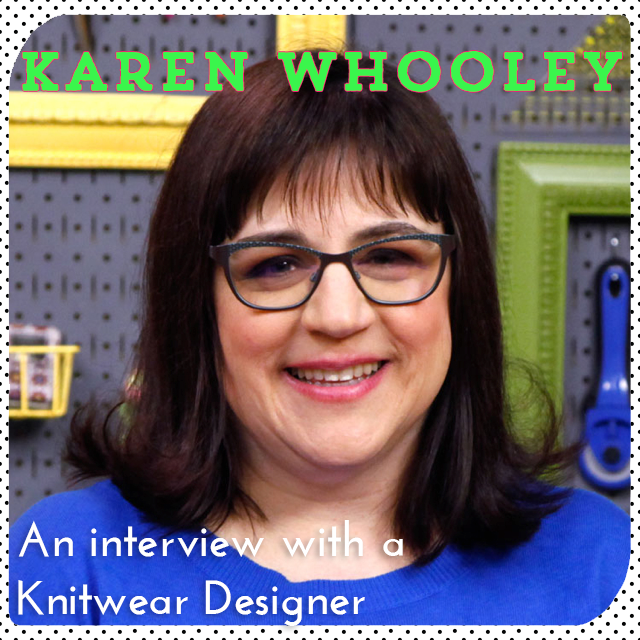

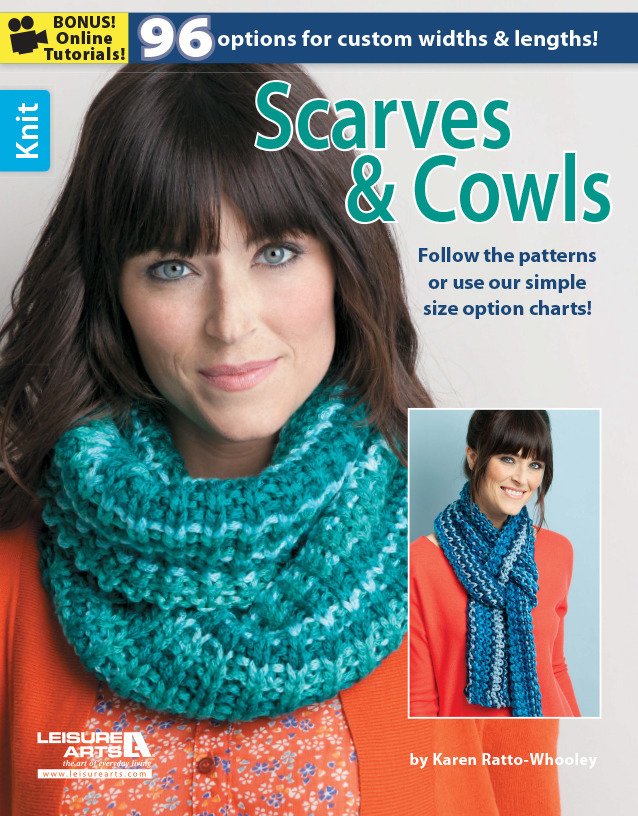
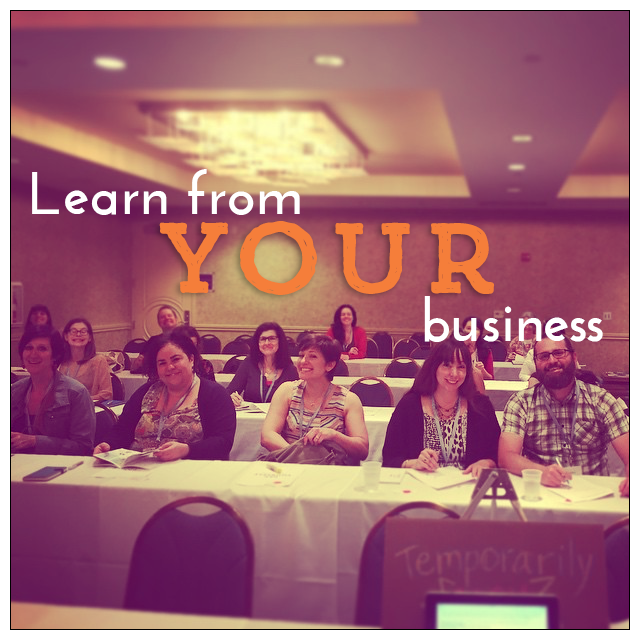
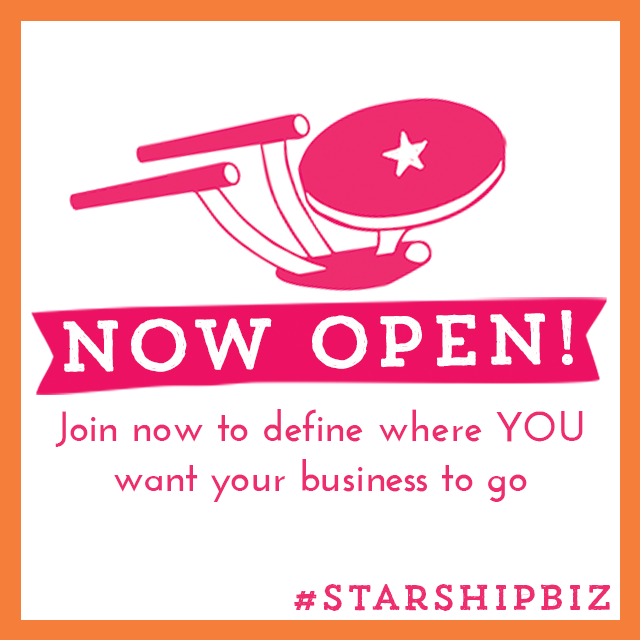 The Starship is now boarding!
The Starship is now boarding!